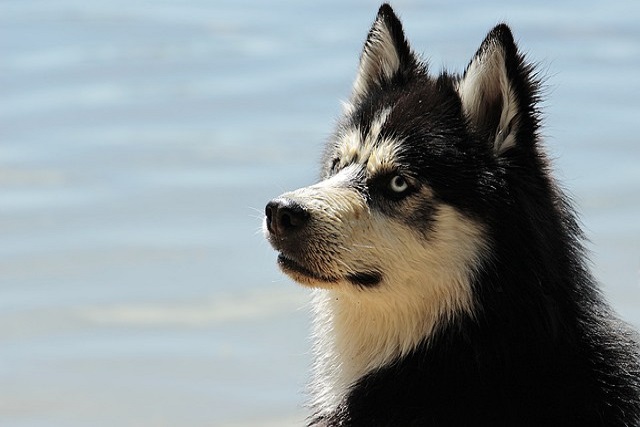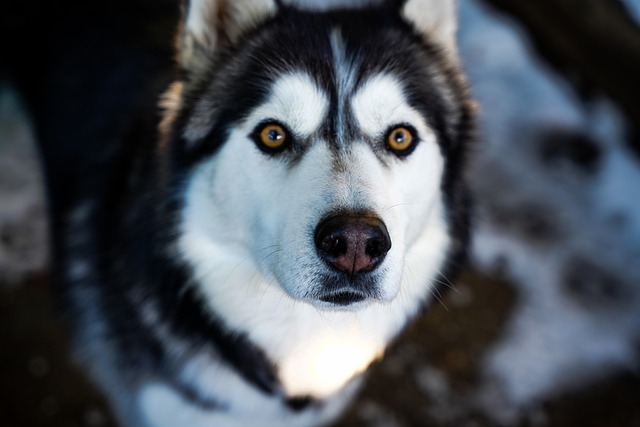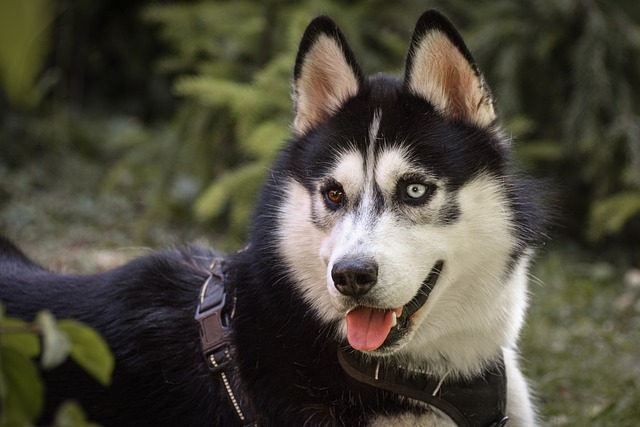
What are the 5 steps to train a dog?
Training a dog isn't just about teaching tricks—it's the key to building a harmonious life together. Whether you're a new puppy parent or adopting an adult dog,
That heart-sinking moment when your beloved dog growls at the mail carrier, snaps over a toy, or lunges fiercely at another dog during your morning walk in the park – it’s terrifying, isolating, and leaves you wondering, "Is there even hope?" The answer, grounded in modern behavioral science and countless success stories, is a resounding yes. Helping an aggressive dog isn't about quick fixes or dominance; it's about understanding their fear, frustration, or anxiety and guiding them towards feeling safer. It’s a journey, demanding patience and the right approach, but seeing a once-reactive dog choose calmness is incredibly rewarding.
Before diving into behavior modification, safety and legality are paramount. Your first stop must be the veterinarian. Undiagnosed pain (like arthritis or a toothache) or medical conditions (like thyroid issues) can manifest as aggression – ruling these out is non-negotiable. Ensure all vaccinations, especially rabies, are up-to-date. In the US and across Europe, rabies vaccination isn't just preventative healthcare; it's the law. Failing to comply can have serious legal consequences, particularly if an incident occurs. Responsible ownership also means always carrying waste bags. Scooping your dog's poop in public parks, sidewalks, or even that patch of grass outside your apartment building isn't just being a good neighbour; it's mandated by local ordinances virtually everywhere. Fines are common, and it’s crucial for community hygiene and goodwill. For a dog showing aggression, adhering strictly to leash laws (typically requiring a 6-foot lead in public) is essential for everyone's safety. Don’t assume the local dog park allows off-leash freedom – check your specific town or borough regulations.

The absolute foundation of helping an aggressive dog is positive reinforcement training. Forget anything you've heard about "showing them who's boss" through physical punishment, alpha rolls, or shock collars. These outdated methods are not only ineffective long-term but are ethically condemned in modern animal welfare circles and counterproductive. Punishment suppresses warning signs (like growling) without addressing the underlying emotion, often making the dog more fearful and likely to escalate straight to biting without warning next time. Instead, we focus on changing how the dog feels about the trigger and rewarding calm choices. Imagine your dog tenses up seeing another dog across the street. Before they react, you mark the moment they simply look with a cheerful "Yes!" and deliver a chunk of real chicken. This is counter-conditioning and desensitization in action: pairing the scary thing (the other dog) with something amazing (chicken!), gradually shifting their emotional response from panic to anticipation of good things. Success hinges on reading your dog's subtle body language – a stiff tail, whale eye (showing the whites), lip licking, yawning – stepping in before they explode. Tools like well-fitted basket muzzles (introduced slowly with tons of treats to create positive associations) and front-clip harnesses (offering better steering control without neck pressure) are invaluable safety nets during this process.
Daily life in apartments or busy neighbourhoods presents unique challenges. Noise sensitivity is common – the slam of a neighbour's door or kids playing in the hallway can trigger a barking fit. Work on creating positive associations by playing recordings of these sounds softly while feeding high-value treats. Managing the environment helps too; placing a white noise machine near your door can muffle startling sounds. Community etiquette is non-negotiable. Always ask, "Mind if we say hello?" before letting your dog approach another person or dog. Respect that not everyone is comfortable around dogs; maintain ample space on sidewalks and paths. If you see a potential trigger ahead (like a skateboarder or another dog), proactively cross the street or create distance – don't wait for a reaction. Building your dog's overall confidence is crucial. Short, controlled playdates with known calm dogs, engaging puzzle toys at home, and mastering basic cues like "Watch Me" or "Leave It" in quiet settings provide mental exercise and a sense of security. If your dog guards resources (food, toys, beds), never punish a growl – it's their way of saying "I'm uncomfortable." Instead, practice trading for an even higher-value item, teaching them that giving things up leads to better rewards.
Helping significant aggression often requires professional guidance. Seek out a Certified Professional Dog Trainer (CPDT-KA) or, better yet, a Veterinary Behaviourist (Dip ACVB) who uses force-free methods exclusively. They can assess your dog's specific triggers, create a tailored behaviour modification plan, and coach you through the nuances. Think of them as your supportive coach. Remember, progress is rarely a straight line. Celebrate the small wins: your dog glancing at a trigger and then looking back at you calmly, choosing to walk away from a guarded bone when you approach, or simply relaxing faster after a startle. These moments signal real emotional change. By committing to understanding your dog's world, using compassionate science-based methods, respecting community rules, and seeking expert support, you absolutely can help your aggressive dog become a calmer, safer, and happier companion. It’s about replacing their fear with trust, one positive interaction at a time.

Training a dog isn't just about teaching tricks—it's the key to building a harmonious life together. Whether you're a new puppy parent or adopting an adult dog,

Imagine watching your dog’s ears perk up as they catch a whiff of something exciting. If you’re planning to start scent training your furry friend, you’ve probably wondered

Picture your eight-week-old Labrador, Luna, discovering a dropped blueberry under your Boston kitchen table—her entire body wiggles with nose-driven joy.

Picture this: You’re welcoming guests into your Seattle apartment when your exuberant Labrador, Buddy, launches himself onto your aunt’s cream sweater—paws first.

Watching your dog trot back with a ball or newspaper in their mouth is a classic canine sight—and a skill you can teach with patience and play.

Picture this: You’re out for a morning walk with your dog, and suddenly, they bare their teeth and lunge at a jogger. It’s a heart-stopping moment